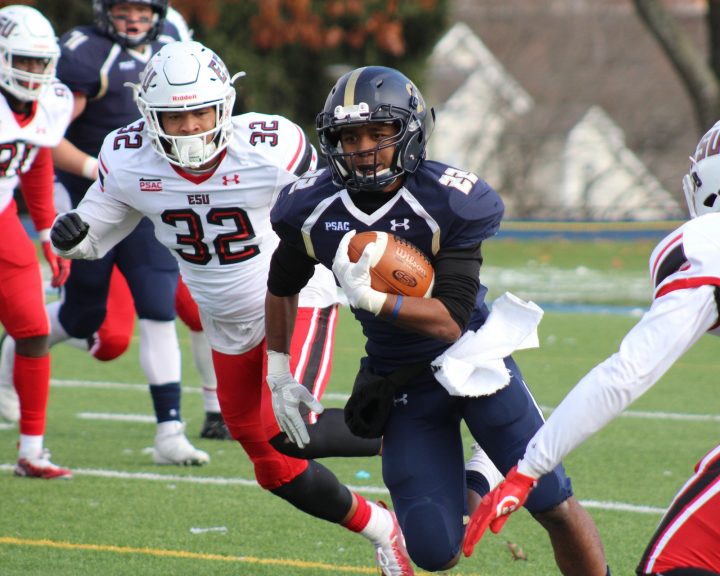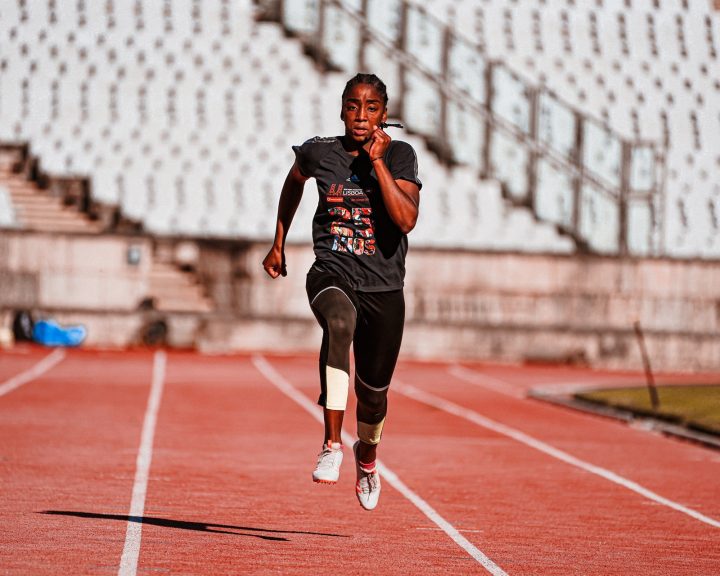When I entered the coaching field, strength and conditioning was very different than it is today. The focus of the strength and conditioning coach was on the Olympic lifts, the three power lifts, and some bodybuilding. In other words, the focus was on the weight room. Along the way, plyometrics were introduced thanks to Don Chu and Jimmy Radcliffe. Then strength and conditioning coaches began turning to track and field coaches to learn speed training and overnight, the field exploded. Stability training, core training, mobility training, agility training, kettlebells, suspension training, heavy ropes, and strongman training to name a few. What this means is that, unlike in the past when it was a few lifts, all these things are now entry level skills for the strength and conditioning coach.
Here’s the problem, our ideas on training theory, program design, and long-term periodization are all rooted back in the time when strength and conditioning professionals only needed to be familiar with a few lifts. Our ideas on these things have not adapted with the changing nature of strength and conditioning today.
Break open most of the books on periodization, what are they talking about? Mostly weight training. In the beginning of the year we start with a moderate/high volume, low intensity and gradually transition to higher intensity and lower volume, etc. There is no consideration on how to integrate other modes of exercise and how to coordinate all of this with sport practices.
So, to address this I’m going to divide training into the following priorities (you’ll see why I’m doing this later):
- Hypertrophy: this is concerned largely with developing muscle mass, tendon strength, and ligament strength. In some cases this is a luxury, in others it lays an extremely important foundation. Note that many modes of exercise will develop this.
- Maximal strength: improving the ability to exert force. I think it’s important for athletes to focus on this, at least a little, year-round. Again, a lot of modes of exercise will develop this.
- Power: expressing strength quickly. Critical to athletic success. This is another one that I feel has to be practiced year-round. Lots of tools develop this.
- Metabolic conditioning: the ability to sustain effort over time. Ensuring that our athletes can perform at a high level at the end of a close game. Another way of thinking of this is developing the athlete’s sport-specific fitness.
- Speed/agility: I group these two together because by the time we’re in-season we may be using the same drills to hit both qualities.
- Everything else: If it doesn’t fit into the above categories then it goes here.
Based upon the time of year, the athlete’s level (high school, collegiate, professional/elite, etc.), his/her training history, injury status, etc. our focus will change constantly. So the above priorities give us a place to start with program design. With that in mind, I’m going to suggest the following steps – note that we’re not actually writing the workouts until the end. This is going to be for a hypothetical, generic team sport and a collegiate-level athlete. This means that what follows isn’t specific to any sport and it means that you’ll have to specialize more if working with higher levels or reduce the number of tools being used if you are working with a lower level of athlete.
- Organize the year
- Decide on the goals of each part of the year
- Decide on how the priorities fit into those goals
- Make general decisions about intensity and volume based upon goal
- Write the first four weeks of workouts in detail
Organize the year:
For most coaches, this is the easy part. Using Matveyev’s language, we’re going to organize the year into the early off-seson(get in shape), late off-season (apply what was developed in the last period directly to the sport), pre-season (begin to peak, some competitions), and the in-season (peak, in-season). Once that has been done, each period can be divided into mesocycles (roughly 2-6 long training blocks). This is kind of the structural unit of periodization.
Decide on the goals of each part of the year:
We have a goal for the year. Each period will have different goals but those goals will be designed to help us achieve the annual goal. Within each period, each mesocycle will have smaller goals to help us achieve the period’s goals. Below is an example, for us the general preparation period is divided into four mesocycles. Table one shows the goals for each period of training, table two shows how this works for each mesocycle.
| Period | Goals |
| Early Off-Season | Increase hypertrophyTrain strengthTrain powerFoundational speed/agility skills
Increase conditioning Individual sport skills |
| Late Off-Season | Maintain hypertrophyIncrease strengthIncrease powerIncrease speed/agility
Maintain conditioning Individual sport skills Begin developing team sport skills |
| Pre-Season | Maintain hypertrophyIncrease strength
Increase power Increase sport-specific speed/agility skills Maintain conditioning Individual sport skills Team sport skills/strategy |
| In-Season | Maintain hypertrophyMaintain strengthMaintain powerMaintain conditioning
Increase sport-specific speed/agility Individual sport skills Team sport skills/strategy |
Table One: Goals of each period of training.
| Mesocycle | Goals |
| 1 | Introduce exercisesStrengthen ligaments, tendons
Higher volume, lower intensity Low-intensity individual skill training |
| 2 | Higher intensity for maximal strength sessionsMultiple conditioning workouts
Speed training divided into sessions based upon focus of training Low-intensity individual skill training |
| 3 | Higher intensity for maximal strength sessionsMultiple conditioning workouts
Speed training divided into sessions based upon focus of training Low-intensity individual skill training |
| 4 | Higher intensity for maximal strength sessionsMultiple conditioning workouts
Speed training divided into sessions based upon focus of training Low-intensity individual skill training Testing towards the end of the mesocycle Last week is a transition week into the next period of training |
Table Two: Goals for each mesocycle, early off-season period of training.
Decide on how the priorities fit these goals:
Once we know where we’re going, we can begin to decide how we are going to get there. We can select our tools based upon our goals, our preferences, our philosophy, and our access to equipment. Table three shows an example based upon the second mesocycle of the early off-season period.
| Goal | Tools |
| Increase hypertrophy | Barbells, dumbbells |
| Train strength | Barbells, dumbbells, kettlebells |
| Train power | Barbells, plyometrics, medicine balls |
| Foundational speed/agility skills | Technique drills, >=50 yard sprints |
| Increase conditioning | Kettlebells, jump rope, heavy ropes |
| Individual sport skills | Basketball |
Table Three: Tools to achieve each goal, early off-season period.
Make general decisions about volume and intensity for each goal:
At this point it’s time to make some general decisions about intensity and volume for each goal. I like to use a “L” for “low,” “M” for “moderate,” and “H” for high.
| Goal | Tools | Volume | Intensity |
| Increase hypertrophy | Barbells, dumbbells | M/H | L/M |
| Train strength | Barbells, dumbbells, kettlebells | L | M/H |
| Train power | Barbells, plyometrics, medicine balls | L | L-H |
| Foundational speed/agility skills | Technique drills, >=50 yard sprints | L | L |
| Increase conditioning | Kettlebells, jump rope, heavy ropes | M/H | L/M |
| Individual sport skills | Basketball | L | L |
Table Four: Volume and intensity for each goal, early off-season period.
Write the first four weeks of workouts in detail:
Now that we know where we’re going, now we begin writing the workouts. My $0.02 on this is to do the above for the entire year, i.e. let’s know where we’re going, how we’re going to get there, and why. But avoid writing all the workouts out. Why? Because life happens. Because our plans are great but the head coach of the sport may change everything on a whim. Because our plans are great but they may not work for the athletes. So, develop your road map and then write up the first four weeks in great detail. As the athlete is moving through that four weeks, then write the second four weeks, etc. With all the work that has been done to this point, the workouts practically write themselves.


